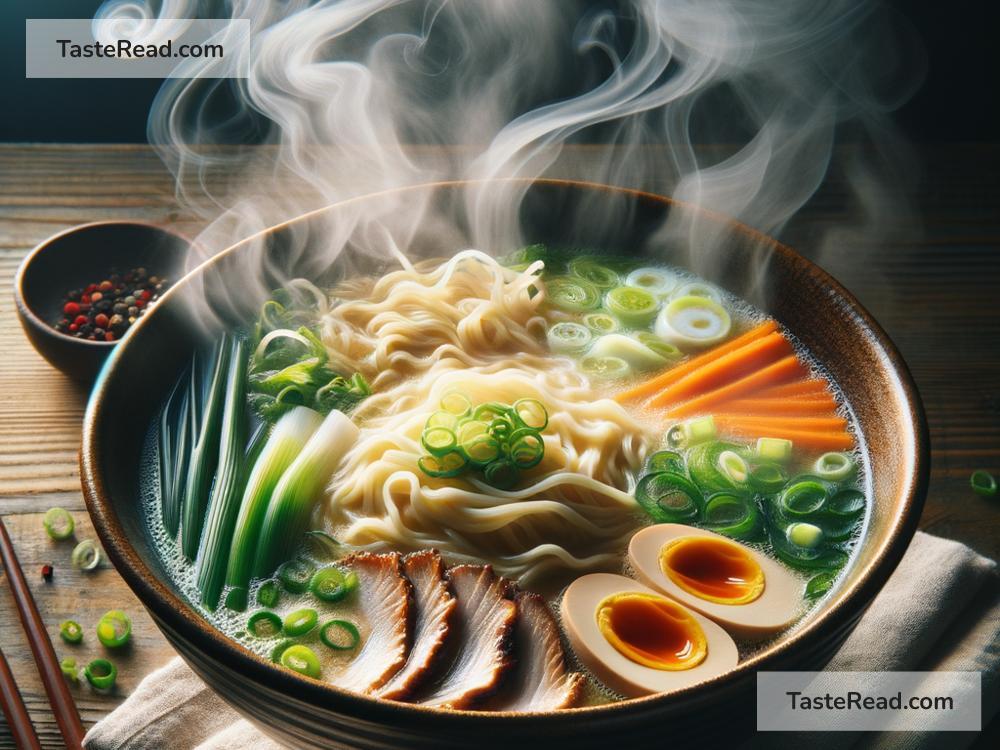Capturing the Perfect Steam or Smoke in Hot Dishes
Imagine scrolling through your social media feed and pausing at an image of a steaming hot bowl of soup or a freshly brewed cup of coffee with its steam swirling gracefully upwards. There’s something remarkably comforting and enticing about such images. Capturing the perfect steam or smoke in your culinary photography isn’t just about snapping a picture; it involves art, patience, and understanding the subtle play of light and temperature. Here, I’ll guide you through the simple steps to take your photography from “good” to “mouth-wateringly stunning.”
Understanding The Basics
Before diving into the specifics, it’s important to grasp why certain images capture our attention. Steam or smoke adds a dynamic element to your photo, suggesting warmth, freshness, or even the intensity of flavors. It tells a story of a dish’s journey from being meticulously prepared to eagerly anticipated. To encapsulate this narrative in a single frame, keep these pointers in mind:
- Timing is Everything: Steam is most visible right after cooking, so be prepared to snap your pictures quickly.
- Lighting Matters: Steam or smoke shows up best against darker backgrounds or when there’s a strong light source to backlight the vapor.
- Keep It Fresh: If your dish stops steaming before you get the shot, consider reheating or, in some cases, even using a steamer to add that fresh-out-the-kitchen feel again.
Step-by-Step Guide to Capturing The Perfect Steam
Step 1: Prep Your Setup
Before your dish is ready, set up your camera and frame your shot. Use a tripod to avoid any movement that can blur the delicate details of steam. Position your lights and reflectors (if you have them) to ensure you can catch the steam against the backdrop. Remember, natural light can be your best friend, but a well-positioned artificial light source can work wonders too.
Step 2: Choose the Right Background
Darker backgrounds tend to make steam stand out more, but don’t let this limit your creativity. Experiment with different colors and textures to see what complements your dish best. Sometimes, a contrasting color or a simple backdrop can highlight the steam effectively.
Step 3: Maximize the Steam
To get the most steam, photograph your dish immediately after cooking. If it’s something that absorbs moisture like a cake coming out of the oven, misting a little water on the surface can recreate that fresh and steamy look. For drinks, consider warming the glass before pouring to boost the steam effect.
Step 4: Focus on the Details
When your steam is billowing beautifully, it’s crucial to focus your camera properly. Manual focus can be more reliable here, as automatic settings might get confused by the moving steam. Aim to keep the dish in sharp focus while allowing the steam to be slightly softer to give the image depth.
Step 5: Play With Angles and Lighting
Finding the perfect angle and lighting setup can dramatically enhance the steam’s visibility. Side lighting can accentuate the textures of your dish while backlighting can make steam pop. Don’t hesitate to move around, trying high and low angles, until you find that magical spot where the steam looks its best.
Pro Tips for Perfect Steam Photography
- Be Quick but Patient: Steam fades fast, so while you need to be quick to capture it, you also need the patience to try multiple times until you get it right.
- Edit Wisely: In post-processing, slightly increasing the contrast and clarity can make the steam stand out more without making the photo look unnatural.
- Stay Safe: When dealing with hot dishes, especially if you’re trying to induce extra steam, be mindful of your safety and that of your equipment.
Conclusion
Capturing the perfect steam or smoke in your food photography is about blending science with art. It’s a dance of light, timing, and temperature that, when mastered, adds an irresistibly engaging element to your culinary images. It’s not just about showcasing a dish but conjuring up the sensations of aroma, warmth, and taste through a single, static image. So, grab your camera, practice these tips, and transform your hot dishes into steamy masterpieces that beckon your audience to dive into the flavors you’ve captured.


